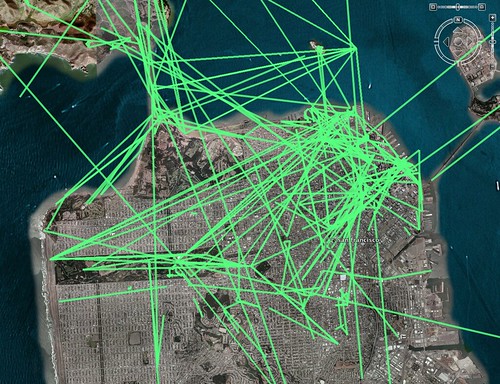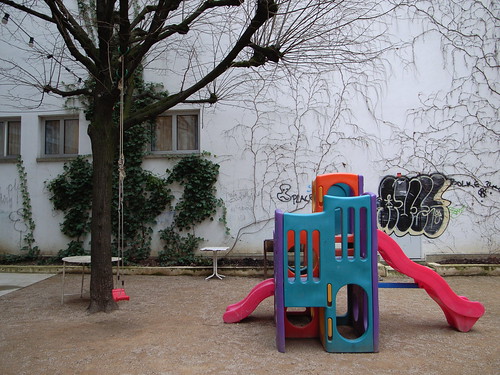An article in the WSJ about cool-hunting that express how things works in "fashion" industry. Some excerpts:
"The role of trend spotters -- sometimes also called cool hunters -- has grown in importance as the fashion cycle has speeded up. (...) Trend spotters can help mass merchandisers figure out which nascent trends from chic boutiques or even thrift stores might be hot sellers on a wider scale. Street style has become an important source of inspiration for retailers eager to lure shoppers with a taste for "fast fashion". (...) "There is the longstanding debate of what influences what. Does the street influence high fashion or does fashion influence the street?" (...) Equally important to identifying trends, is figuring out when they are over. (...) "You can tell when a trend sort of moves on," he said. "When you start seeing people who shouldn't be wearing a certain brand or look, that's when it's over." (...) It's getting tougher to figure out where to find fashionable folks. (...) St Tropez, rock festival in Denmark"
Why do I blog this? no, I am not interested in fashion hunting, this is interesting because of some elements that can be helpful in foresight or when studying innovation: where to look at? what looking at? spotting boundaries in time. However, this does not mean that things in the tech industry work as in fashion; for example I may question the assumption that the pace speeded up in technology (of course there's a lot of new gadget and stuff but reaching a mature market is often as slow as what happened in the past).

 (Picture:
(Picture: 










